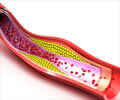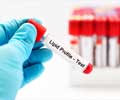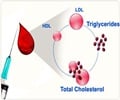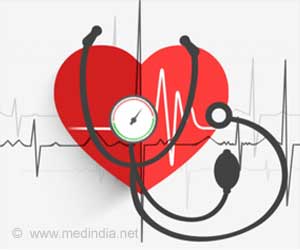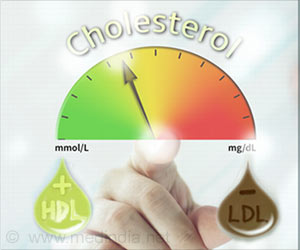Only about 3 percent are having their cholesterol tested during health visits, although some guidelines recommend lipid screening for children and adolescents of certain ages.

Abnormal lipid values occur in 1 in 5 U.S. children and adolescents, and are associated with cardiovascular disease in adulthood. Universal pediatric lipid screening is advised by the National Heart, Lung, and Blood Institute (NHLBI) for those ages 9 to 11 years and 17 to 21 years, in addition to the selective screening advised by the American Academy of Pediatrics (AAP) and the American Heart Association. In contrast, the U.S. Preventive Services Task Force (USPSTF) did not find sufficient evidence to recommend any pediatric lipid screening, according to background information in the article.
Samuel R. Vinci, B.A., of Boston Children's Hospital, and colleagues examined rates and trends in cholesterol testing, including before and after the 2007 USPSTF and 2008 AAP cholesterol statements. For this analysis, the researchers used patient data from the National Ambulatory Medical Care Survey, which provides nationally representative estimates.
During the period from 1995 through 2010, clinicians ordered cholesterol testing at 3.4 percent of 10,159 health maintenance visits. Testing rates increased only slightly from 2.5 percent in 1995 to 3.2 percent in 2010. The authors note that applying the most recent 2011 NHLBI guidelines to 2009 U.S. census data, approximately 35 percent of patients would be eligible for lipid screening in any given year based on age (9-11 years and 17-21 years).
"Testing rates did not appear to increase after 2007-2008, perhaps reflecting the conflicting positions of the AAP and USPSTF," the authors conclude.
Source-Eurekalert
 MEDINDIA
MEDINDIA


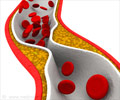
 Email
Email


